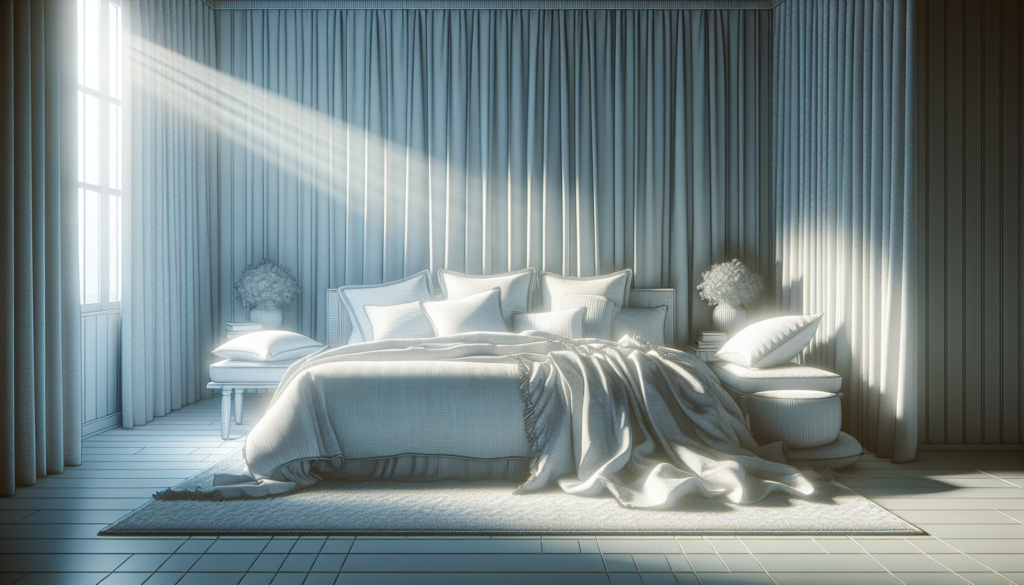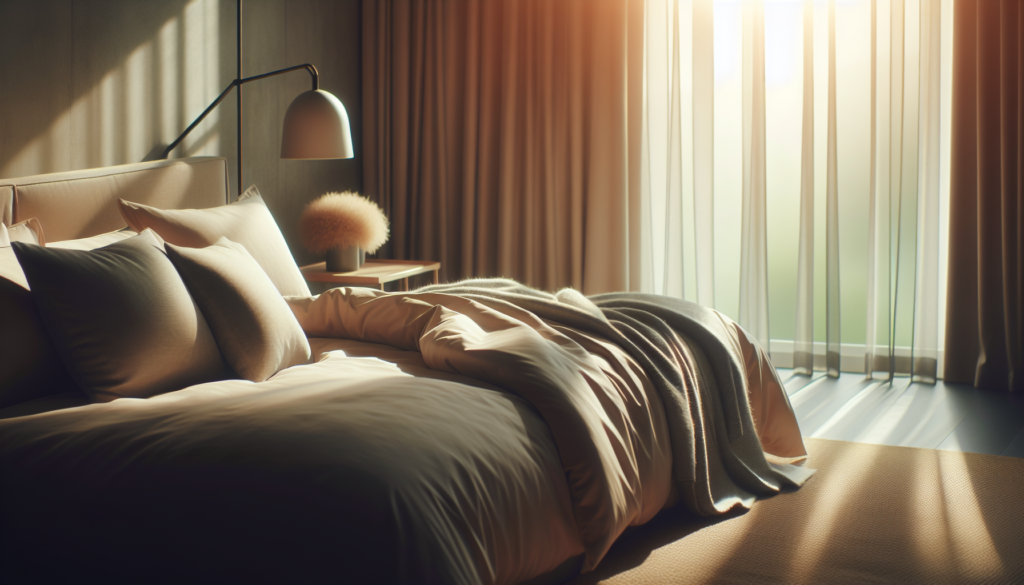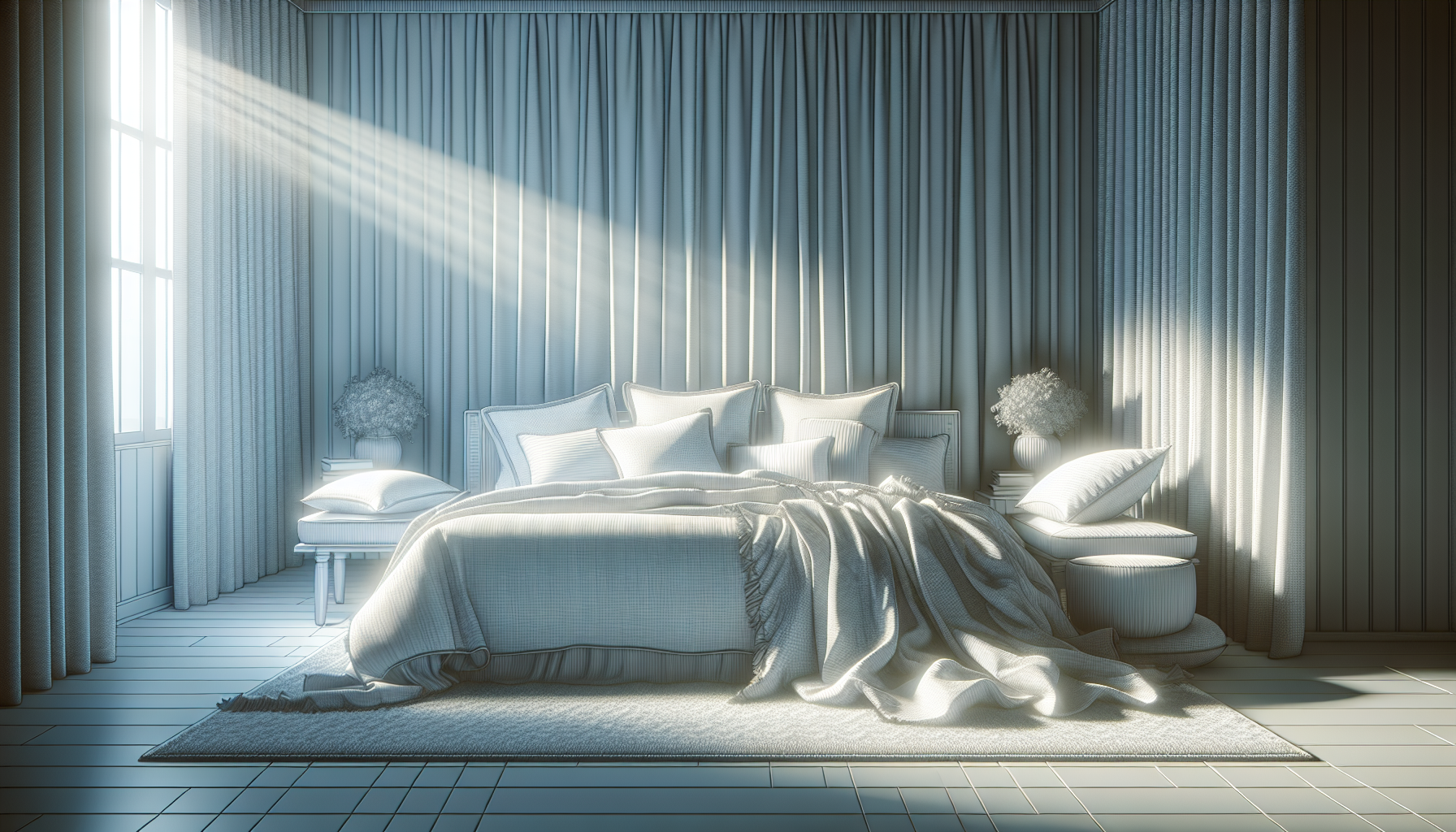Have you ever wondered why cats seem to have it all figured out, napping their way through life, while we mere humans trudge through endless caffeinated hours just waiting for bedtime to come? If you’re tired of being tired, perhaps it’s time you embraced the art of napping. Trust me, if napping were a sport, cats would be gold medalists, and you could at least make the Olympic team. So let’s embark on a pillow-fluffed journey to understand how napping can revolutionize your recovery and, perhaps, elevate your afternoon snooze to a new level of productivity.

Why Napping is the Not-So-Secret Weapon of Champions
The Science Behind Napping
To some, a nap might seem like an indulgence meant for toddlers and people who are avoiding their in-laws, but there’s a solid body of science backing up this habit. When you nap, your brain isn’t just practicing the cha-cha in your sleep—it’s actively processing information and storing memories. Your neurons get some much-needed rest, too, unless they decide to start a dance party and invite the glial cells. Studies show napping can improve mood, performance, and alertness. Yes, all things you need when contemplating cleaning out your garage or organizing your sock drawer.
Types of Naps: Choose Your Own Snooze Adventure
Taking a nap is not a one-size-fits-all affair. There are varieties—much like ice cream, but without the calories and the confusing French names. Here’s your nap menu:
-
Power Nap: Lasting about 10-20 minutes, these are perfect for quick boosts. Think of it as a hit of espresso without the need for caffeine or the constant bathroom runs thereafter.
-
The NASA Nap: Yep, if it’s good enough for astronauts, it’s good enough for you! Clocking in at around 26 minutes, it enhances alertness and performance – just in time before your next mission, or, you know, your child’s science fair project.
-
The Oh-My-Gosh-I-Fell-Asleep (30-60 minutes): Great for enhancing memory, but be warned, you may wake up feeling groggier than a bear who’s just been evicted from hibernation.
-
Full Cycle Nap (90 minutes): This nap is like buying the whole air mattress instead of a camping roll to sleep on. You enter a full sleep cycle, helping creativity and emotional memory.
Napping vs. Coffee: The Battle of Being Awake
Sure, coffee making the world go round is a widely held belief and a ritual cherished more dearly than the ceremonial exchange of secret handshakes. But what does coffee give you, other than the shakes and a breath that smells like brewed beans? In contrast, napping offers an organic reboot, free from the jitters and sugar-laden creamers. Consider this table your arena of truth:
| Attribute | Nap | Coffee |
|---|---|---|
| Energy Boost | Natural boost without caffeine | Caffeinated boost |
| Memory Impact | Enhances memory recall | Temporary focus boost |
| Mood | Improves mood and decreases irritability | Can lead to mood swings |
| Recovery Aid | Facilitates recovery processes | Delays tiredness temporarily |
| Side Effects | Possible grogginess post-long nap | Jitters, sleep interference |
Napping is like sneaky exercise for your brain; it runs on the track, does a few mental push-ups, and then returns, refreshed, all while you get to relax. Its potential benefits over coffee are the secret ingredient to its recovery-boosting powers.
Social Perceptions: Why Society Frowns Upon Napping (And Why You Should Do It Anyway)
Napping Past: A Brief History
Did you know that napping was celebrated in ancient cultures, long before Snapchat and Twitter decided what was cool? Mediterranean cultures embraced the siesta as a midday solace. Fast forward to today, and somehow having a mid-afternoon sleep is almost as frowned upon as wearing socks with sandals.
Workplace Napping: Sleepy or Strategic?
The corporate world’s view on napping varies. If you’ve ever been caught napping at your desk, you might as well have been caught embezzling from the coffee fund. Yet, companies like Google, NASA, and Uber have begun acknowledging the nap’s power. They introduce nap rooms—cold as igloos, yet glorious—to rejuvenate their employees. You might want to drop a hint at your next office meeting, perhaps with a PowerPoint titled “Napping: Because Zombies Aren’t Productive.”
The Psychological and Physical Benefits
Mental Clarity and Creativity
Ever tried typing an email while sleep-deprived? It reads like your cat walked across the keyboard while simultaneously hacking into your digital bank account. Naps can clear that fog, sharpen your thoughts, and unlock a treasure trove of creativity. You might wake up with the next big app idea, or at the very least, the ability to remember where you left your keys.
Enhancing Mood and Reducing Stress
Let’s face it, life is stressful enough without adding the daunt of being tired. A nap can be a serene escape from the chaos. It can reset emotions like a cheat day resets your diet. And when you wake up, the world seems a little brighter, your boss a tad less infuriating, and your problems solvable—almost like they magically reduced themselves during your slumber.
Physical Recovery and Healing
Physically, napping is like having a personal massage for your overworked mind and body. Besides, who could say no to a mini-vacation from reality where you don’t have to wear pants or fancy shoes? Sleep encourages growth hormone release, which aids in tissue repair and muscle recovery. Naps can fill gaps left by inadequate nighttime sleep, like little sleep elves helping you piece together a robust recovery system.
Cognitive Function and Memory
Think of your brain like a smartphone. It needs a regular recharge. Napping supports synaptic plasticity, which is a fancy term for how well your brain can adapt and learn new information. Have a big presentation coming up or an exam tomorrow? A well-timed nap can consolidate learning and help you remember that World War I didn’t start over a soccer game, no matter how much Netflix documentaries like to dramatize.
Making the Most of Your Nap: Tips for Optimal Recovery
Timing: When to Nap
Deciding when to nap is like choosing when to take a vacation. Too late, and you find yourself wondering when jet lag became a life choice. Nap too early, and it frightfully resembles a morning sleep-in rather than a strategic rest. The optimal time to slip into a nap is in the afternoon, often post-lunch. This is when your body naturally experiences an energy dip, likely caused by digestive processes and a naturally occurring decrease in alertness.
Creating the Perfect Nap Environment
Your nap room doesn’t have to resemble a celebrity’s whisper-quiet retreat, but a few simple tweaks can transform your space. Opt for a darkened room or an eye mask to block out light, delivering your brain the “it’s sleepy time” cue without having to say “abracadabra.” White noise can work wonders to mask surrounding household chaos, like the neighbors’ karaoke contest or your dog protesting about squirrels yet again.
Nap Duration: Finding Your Sweet Spot
Ah, the art of timing a nap is one taken for granted. If a good nap were a pie, its sweetness would increase with every perfect minute you manage to hit. Stick to shorter times for rejuvenation and alertness boosts, or go for a full cycle nap if your schedule and tightrope-walking skills in balancing obligations allow.

Addressing the Nap Myths
“Napping Ruins Nighttime Sleep”
One might think napping coddles insomnia like a mismatched sock in a laundry load, but studies delineate that brief naps, strategically timed, needn’t disrupt nighttime slumber. It’s when napping turns into a three-hour mini-hibernation that you encounter subsequent sleepless nights where even counting sheep is unproductive.
“Napping is Only for the Lazy”
Our society often paints a picture where frantic busyness equates to productivity. The truth, held lovingly in science’s embrace, is that rest can lead to more efficient work. Just imagine your family viewing productivity as an art, where you taking a nap garners applause louder than the finale of a rock concert. One can dream!
Concluding Thoughts: Recompute Your Route to Recovery
In case you wandered through this article like a drowsy flamingo searching for its feet, let me consolidate our journey: embracing naps can revolutionize recovery, enrich your cognitive prowess, and revive your spirit from the gentle cocoon of dreamy downtime. Whether you aspire to be like the nap virtuoso cat or merely wish to awaken less like a zombie from a late-night movie, napping holds the potential key.
So get out there—or rather, get in there, under your cozy blanket—and nap your way to glory. Who knows? Perhaps, in time, you will ascend to the hallowed halls of napping legend! Until then, dream on, sleep warrior, dream on.
